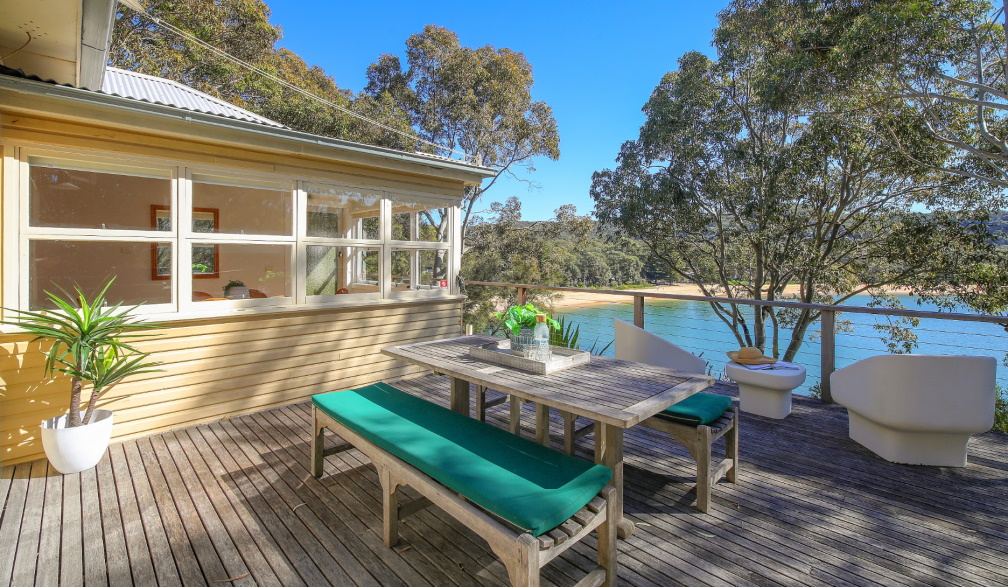Stamp duty is holding us back from moving homes – we’ve worked out how much
- Written by Nick Garvin, Adjunct Fellow, Department of Economics, Macquarie University

If just one state of Australia, New South Wales, scrapped its stamp duty on real-estate transactions, about 100,000 more Australians would move homes each year, according to our best estimates[2].
Stamp duty is an unquestioned part of buying a home in Australia – you put your details in an online mortgage calculator, and stamp duty is automatically deducted from the amount you have to contribute.
It’s easy to overlook how much more affordable a home would be without it.
That means it’s also easy to overlook how much more Australians would buy and move if stamp duty wasn’t there.
The 2010 Henry Tax Review found stamp duty was inequitable[3]. It taxes most the people who most need to or want to move.
The review reported:
Ideally, there would be no role for any stamp duties, including conveyancing stamp duties, in a modern Australian tax system. Recognising the revenue needs of the States, the removal of stamp duty should be achieved through a switch to more efficient taxes, such as those levied on broad consumption or land bases.
But does stamp duty actually stop anyone moving? It’s a claim more often made than assessed, which is what our team at the e61 Institute[4] set out to do.
We used real-estate transaction data and a natural experiment.
What happened when Queensland hiked stamp duty
In 2011, Queensland hiked stamp duty for most buyers by removing some concessions for owner-occupiers at short notice.
For owner-occupiers it increased stamp duty by about one percentage point, lifting the average rate from 1.26% of the purchase price to 2.27%.
What we found gives us the best estimate to date of what stamp duty does to home purchases.
A one percentage point increase in stamp duty causes the number of home purchases to decline by 7.2%.
The number of moves (changes of address) falls by about as much.
The effect appears to be indiscriminate. Purchases of houses fell about as much as purchases of apartments, and purchases in cities fell about as much as purchases in regions.
Moves between suburbs and moves interstate dropped by similar rates.
With NSW stamp duty currently averaging about 3.5%[5] of the purchase price, our estimates suggest there would be about 25% more purchases and moves by home owners if it were scrapped completely. That’s 100,000 moves.
Victoria’s higher rate of stamp duty, about 4.2%[6], means if it was scrapped there would be about 30% more purchases. That’s another 90,000 moves.
Even low headline rates have big effects
The big effect from small-looking headline rates ought not to be surprising.
When someone buys a home, they typically front up much less cash than the purchase price. While stamp duty seems low as a percentage of the purchase price, it is high as a percentage of the cash the buyer needs to find.
Here’s an example. If stamp duty is 4% of the purchase price, and a purchaser pays $800,000 for a property with a mortgage deposit of $160,000, the $32,000 stamp duty adds 20%, not 4%, to what’s needed.
If the deposit takes five years to save, stamp duty makes it six.
A similar thing happens when an owner-occupier changes address. If the buyer sells a fully owned home for $700,000 and buys a new home for $800,000, the upgrade ought to cost them $100,000. A 4% stamp duty lifts that to $132,000.
Averaged across all Australian cities, stamp duty costs about five months[7] of after-tax earnings. In Sydney and Melbourne, it’s six.
Read more: Stamp duty isn’t going anywhere until we agree on what will replace it[8]
Stamp duty has bracket creep
This cost has steadily climbed from around six weeks[9] of total earnings in the 1990s. It has happened because home prices have climbed faster than incomes and because stamp duty has brackets, meaning more buyers have been pushed into higher ones.
Replacing the stamp duty revenue that states have come to rely on would not be easy, but a switch would almost certainly help the economy function better.
The more that people are able to move, the more they will move to jobs to which they are better suited, boosting productivity.
The more that people downsize when they want to, the more housing will be made available for others.
Our findings suggest the costs are far from trivial, making a switch away from stamp duty worthwhile, even if it is disruptive and takes time.
References
- ^ here (theconversation.com)
- ^ best estimates (e61.in)
- ^ inequitable (treasury.gov.au)
- ^ e61 Institute (e61.in)
- ^ 3.5% (conveyancing.com.au)
- ^ 4.2% (www.sro.vic.gov.au)
- ^ five months (e61.in)
- ^ Stamp duty isn’t going anywhere until we agree on what will replace it (theconversation.com)
- ^ six weeks (e61.in)

















